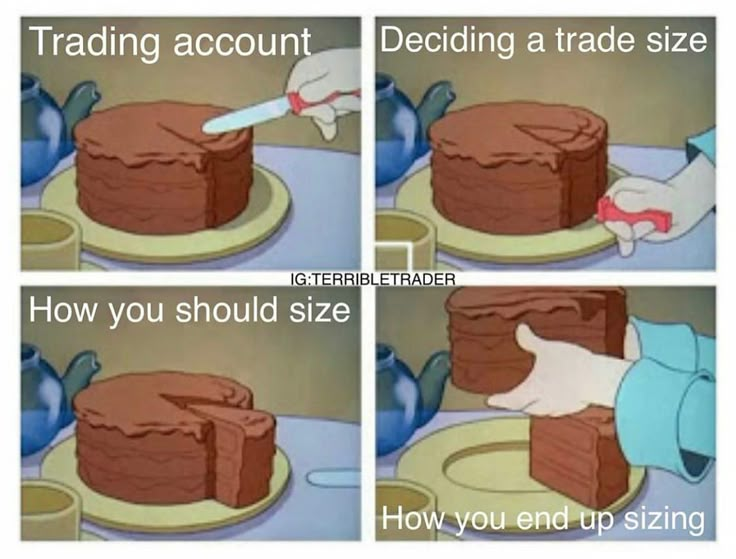The Japanese yen has weakened as the 10-year Japanese Government Bond (JGB) yield has risen to 1.5%, marking its highest point since 2009. This trend in bond yields indicates a shift in Japan’s financial landscape.
The implications of these rising yields on the yen could affect its strength against other currencies. Ongoing market reactions to these developments are expected, prompting close observation of currency fluctuations and changes in market sentiment.
Impact Of Rising Yields
A 1.5% yield on the 10-year JGB signals that borrowing costs in Japan have increased. This suggests that investors are demanding greater returns to hold longer-term debt, potentially reflecting expectations of monetary policy adjustments or concerns over inflation. Since this yield has not been observed in fifteen years, it raises questions about how the market will adjust to higher funding costs and whether the trajectory of Japan’s monetary policies might shift accordingly.
A weaker yen often follows a rise in domestic bond yields when global factors drive capital outflows. However, the current trend is influenced by wider expectations of monetary divergence. While Japan’s bond yields are climbing, rates elsewhere—particularly in the United States—continue to shape capital movement. If US policymakers signal prolonged high interest rates, the yen might remain under pressure.
With the yen already depreciating, traders will be monitoring the Bank of Japan’s stance closely. Central bank actions influence market expectations, and any modification in rhetoric from policymakers like Ueda could affect short-term price swings. If authorities intervene verbally or directly in currency markets, volatility is likely to increase.
Market Reactions And Positioning
Meanwhile, broader sentiment will be shaped by external developments. If inflation data from major economies surprises markets, global yields may react, altering capital flows into and out of Japan. Should the Federal Reserve or European Central Bank shift tone, the yen’s path may be affected not only by domestic dynamics but also by external monetary conditions.
Market positioning will also be key. If large speculative bets against the yen continue to grow, sudden corrections could occur with any unexpected policy action. Factors such as government statements, economic data releases, and investor sentiment will be closely watched in the days ahead. Decisions made by policymakers and investors will determine how this trend unfolds.
















